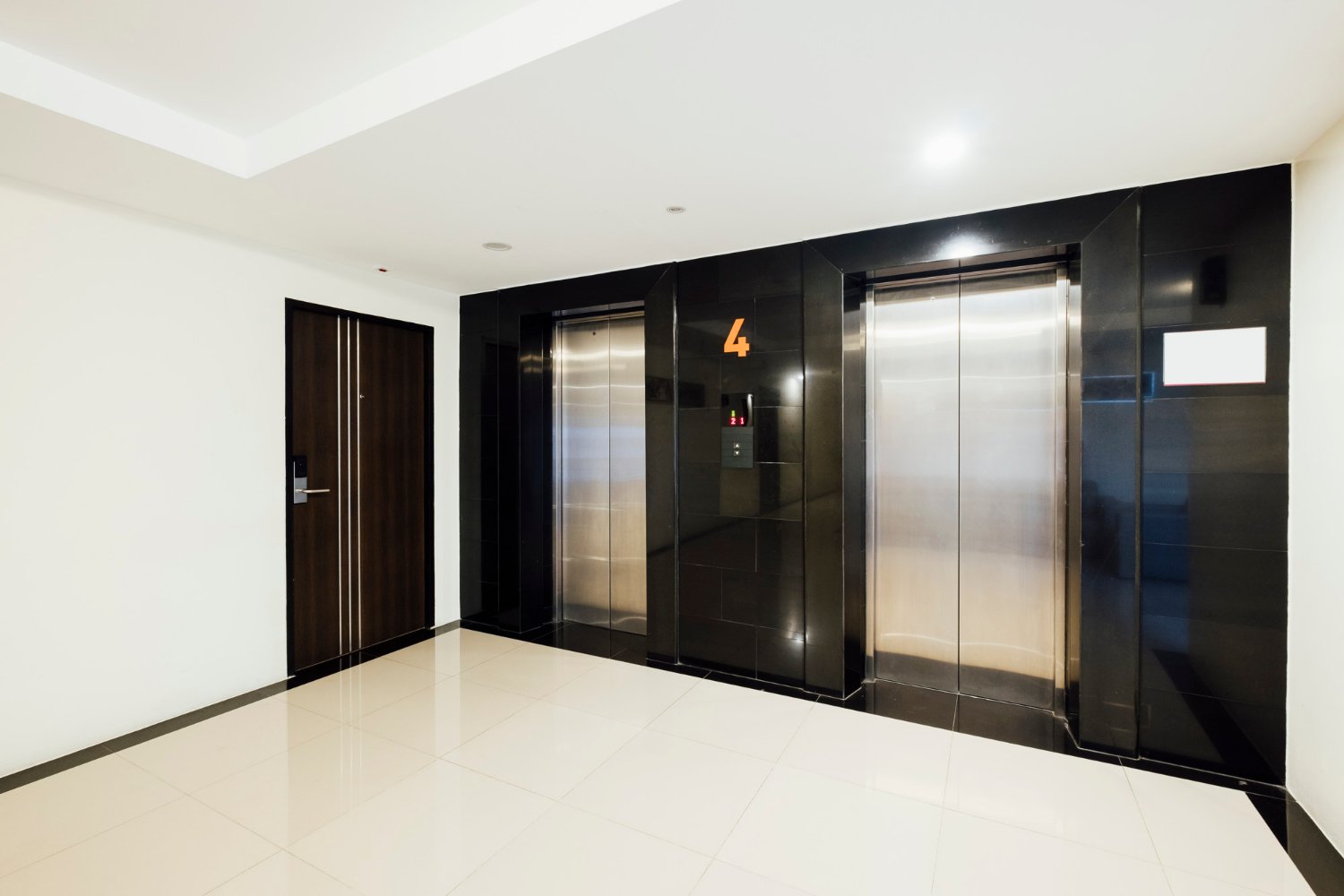The safety grill and counterweights get it done. It’s a fascinating story. When it comes to elevator maintenance in Ontario, at Noah Elevator, we help people move safely by consistently modernizing elevator technology. Did you know what made elevator safety as reliable and foolproof as it is today?
The Early Days: A Leap of Faith
When Elisha Otis introduced the first safety elevator at the New York World’s Fair in the year eighteen hundred and fifty-four, he rode on the platform that was hoisted above the crowd. Great fanfare ensued as he then cut the hoisting rope, sending the elevator plummeting to the ground. However, instead, thanks to Otis’s new safety brake, the elevator stayed connected to the walls by cable and did not fall, in turn marking the beginning of the modern elevator industry and initiating vertically growing urban transformations.
The Safety Brake: The Game Changer
Otis’s safety brake was based on related but much simpler mechanics than the systems used in hoists: combining the standard wagon spring under the elevator car with a set of ratchets along the guide rails that would engage in the event of failure of the hoisting rope. That basic loading principle is the core of elevator safety to this day, with thousands of incremental refinements since then.
Speed Governors: Keeping Pace with Progress
The challenge of delivering safety was against the rising levels of buildings and the increasing speed of elevators. In the late nineteenth century, when elevator maintenance in Ontario became more affordable, the speed governor was also developed to detect an elevator descending beyond safe limits. If the downward speed of the lift were too great, the governor would trigger the safety brake and stop the car.
Door Interlocks: Shutting Out Danger
Finally, innovators introduced door interlocks, a device that ensures that passengers cannot open the doors except when the car is present, and the car cannot move if any door is open. This all happened in the first several decades of the twentieth century and reduced accidents associated with shaft access.
Electronic Eyes: The Invisible Guardians
The electric eyes that safety standards require on elevator doors nowadays first appeared in the nineteen-fifties to detect obstructions in the opening so the doors would not close on a passenger. Engineers have refined the technology since then, with modern systems using multiple beams to improve fail-safe reliability.
Computerization: The Silent Overseer
With increased digitization in elevator maintenance in Ontario, the mid-twentieth century saw the introduction of computerized elevator control. These systems monitor the car’s motion, the door position, and the friction of the counterweight. Additionally, they govern the driving machine. Engineers can detect an anomaly and shut down the elevator if necessary. This guarantees an unprecedented level of safety that no one has imagined before.



